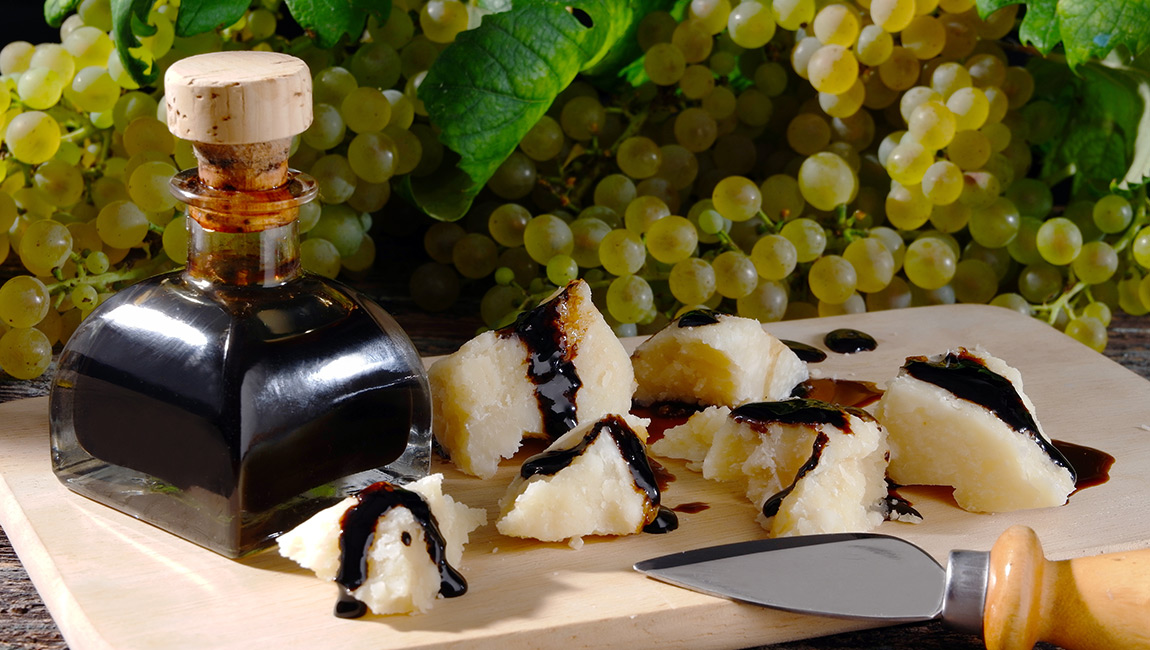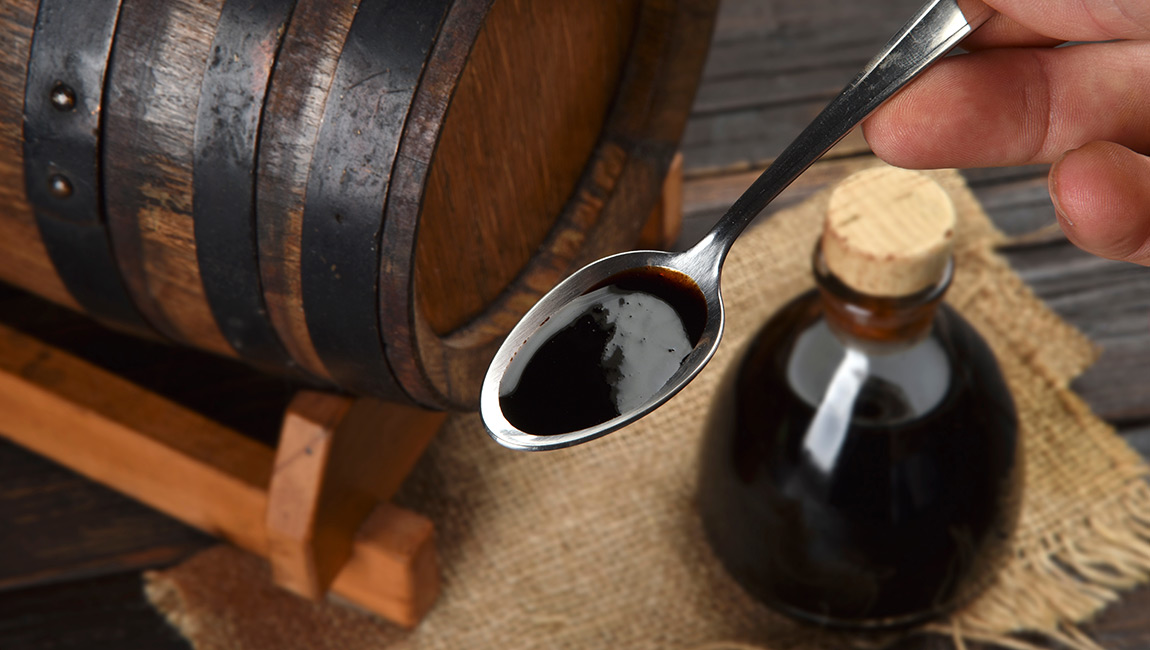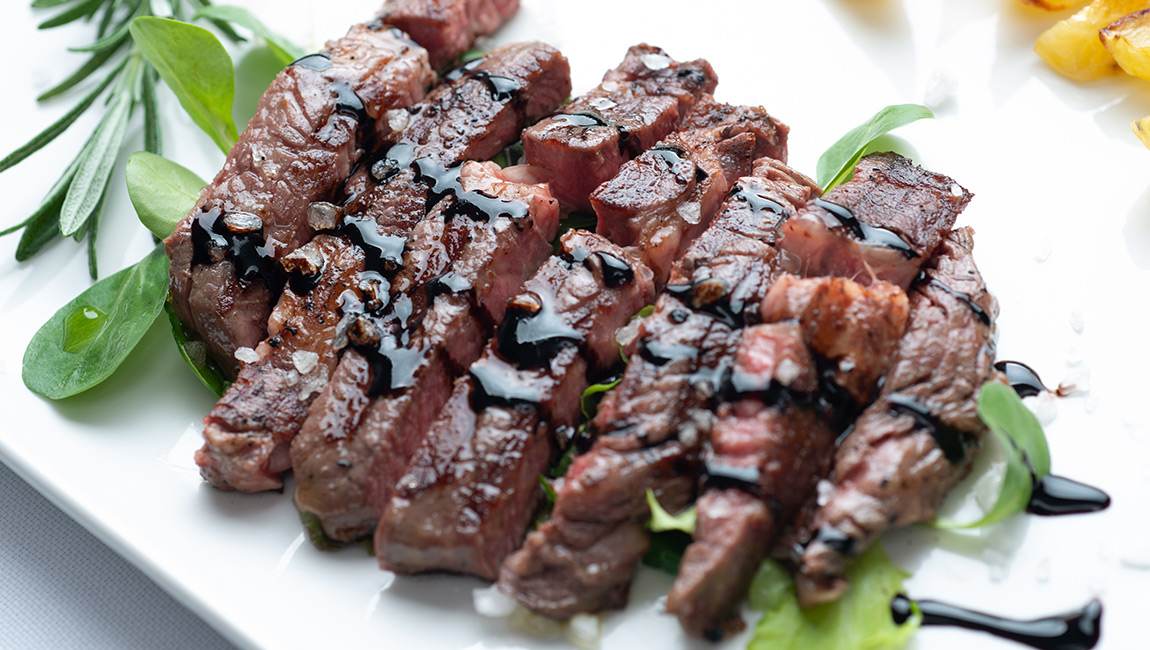Aceto balsamico – a symbol of Italian tradition
Balsamic vinegar, or “aceto balsamico,” is more than just Italian vinegar; it’s a magic ingredient that transforms every dish into a genuine gastronomic experience. Like wine, it is derived from grapes, offering an inimitable combination of slightly sour and sweet tastes with a refined bouquet. The secret of this gem lies in its traditional production process, quality ingredients, and authentic origin. What makes balsamic unique is its aging in wooden barrels, which contributes to the specificity of its aroma.
While each aceto balsamico has its unique story, we categorize the original Italian varieties into two main groups. According to Italian law, the label “balsamico” can only be used by Aceto Balsamico Tradizionale DOP (Denominazione di Origine Protetta) and Aceto Balsamico di Modena IGP (Indicazione Geografica Protetta).

Traditional aceto balsamico is considered the king of Italian products of this type. It is aged for at least 12 years and has the most complex taste. On the other hand, balsamic vinegar from Modena is aged for a shorter time, allowing for greater culinary creativity. There is also a category called “condimento,” which includes creams, sauces, glazes, and balsamic vinegars.

Similar to the finest wines, aceto balsamico develops deeper and more complex flavors with longer aging. With age, it becomes thicker, gaining an almost syrupy consistency as the water evaporates during aging, further concentrating the aroma. Traditional aceto balsamico can be older than 12 years; there are even examples that have been aged up to 25 years. In contrast, Balsamico from Modena PGI is aged between 60 days and 3 years.



